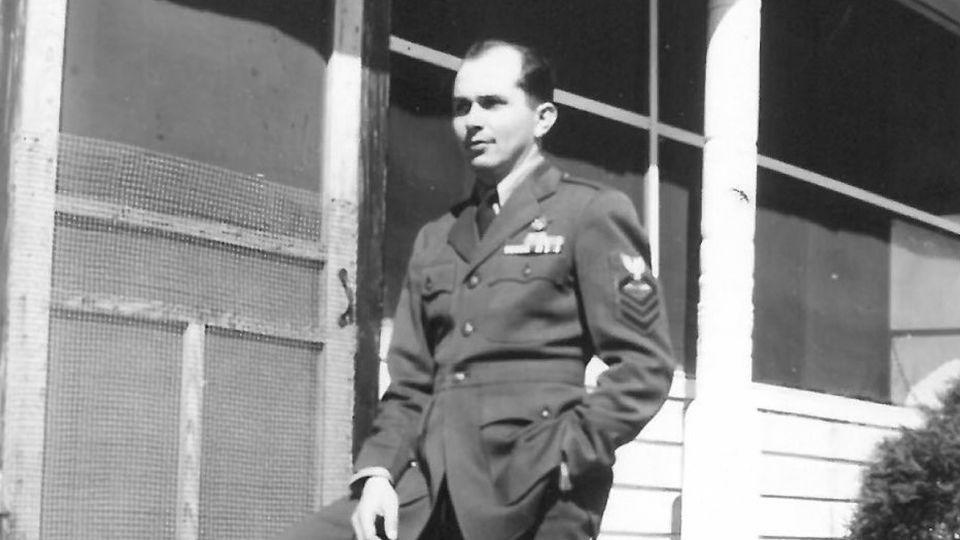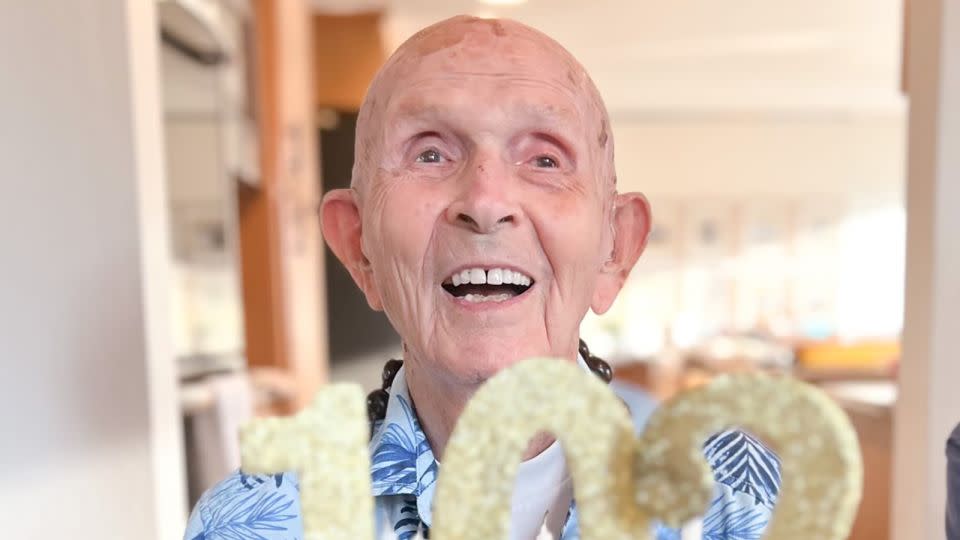Pearl Harbor attack survivor dies at 102
Richard C. “Dick” Higgins, a 102-year-old survivor of the Japanese surprise attack on Pearl Harbor, died Tuesday at his home in Bend, Oregon.
“My grandfather was a very kind and humble man,” said Angela Norton. His granddaughter said he would always tell jokes or make funny comments around the house to make his family smile.
“The thing that made him so unique and so lovable is that he just wanted to share his story to anyone and to everyone who would listen,” Norton said.
Whether it was a trip to local high schools or a grocery run to Trader Joe’s, Higgins never missed an opportunity to share his survival account, Norton said.
“He would just love to sit and chat with random people just to tell them about his story,” Norton told CNN. Higgins would often call his recollection “living history.”
Higgins joined the Navy in 1939 and served as a radioman at Pearl Harbor, a Hawaii naval base on Oahu island, assigned to a patrol squadron of seaplanes.
It was 7:55 a.m. on December 7, 1941, when the Japanese began dropping multiple bombs and torpedoes on the base.

On that morning, Higgins remembers laying on his bunk in a screened-in lanai, similar to an enclosed porch – which he said would help protect the servicemen from the relentless mosquitos on the island.
And suddenly, sounds of explosions blared throughout the base, Higgins recounted in a 2008 interview with the National Museum of the Pacific War in Fredericksburg, Texas.
“They were very close, and so I jumped out of my bunk and I ran over to the edge of the lanai,” he said in the oral report. “And just as I got there, a plane went right over the barracks.”
Higgins estimated the plane flew approximately 100 feet above. The Japanese aircraft had red circle emblems painted on the wings, which Higgins described as resembling “big red meatballs.”
“There was no doubt what was happening in my mind,” he said.
The attack lasted an hour and 15 minutes, killing nearly 2,500 US servicemen and citizens, along with injuring more than 1,000 people, according to a National WWII Museum facts report.
“And so after it was all over, of course, we started cleaning up and belting ammunition, so we’d be ready for anything else,” Higgins said in the report.
During World War II, Higgins continued as a radioman and served in the Dutch East Indies and the Aleutian Islands.
Despite his major role in the attack’s aftermath, Higgins didn’t seek recognition for his service. Instead, his main focus in sharing his testimony was to ensure the world knew the bigger picture.
“My grandpa would always say, ‘I’m not the hero,’” Norton told CNN. “The heroes were those who didn’t come back.”
There are 22 known survivors still alive today, according to Sons and Daughters of Pearl Harbor Survivors, an organization dedicated to the family members and citizens of the military personnel affected by the attack.
There is a possibility that there are more living survivors who have not joined the association, according to Kathleen Farley, a director at the organization.

Higgins was born on July 24, 1921, on a farm near Mangum, Oklahoma.
After serving for 20 years in the Navy, he retired and worked as an aeronautics engineer for Northrop Corporation.
He obtained his pilot license and spent his free time in the clouds, or traveling the country with his wife, Winnie Ruth. The two were married for 60 years before she died of Alzheimer’s in 2004 at 82.
“As he was getting older and his body was declining he just kept saying, ‘I’m ready to go home to be with Jesus and Winnie Ruth,’” Norton said.
Higgins died at home of natural causes, according to his family. His granddaughter said he lived a full life and is proud of everything he overcame during his century of living.
Growing up, Norton remembers her grandfather supporting her at sporting games and having sleepovers at his house. Not only did Higgins share his account of the attack on Pearl Harbor, but also other major historical events like the Great Depression and the Oklahoma Dust Bowl – which he attributed to his exceptionally long life.
“He would always say, ‘That good old Oklahoma dust kept me fertile,’” Norton said.
Higgins’ legacy is carried on by his two children, two grandchildren, and four great-grandchildren.
“My focus is to tell my kids and to tell anyone else about his story,” Norton told CNN. “So that it is always there and that we don’t forget it.”
For more CNN news and newsletters create an account at CNN.com

